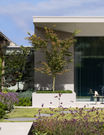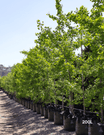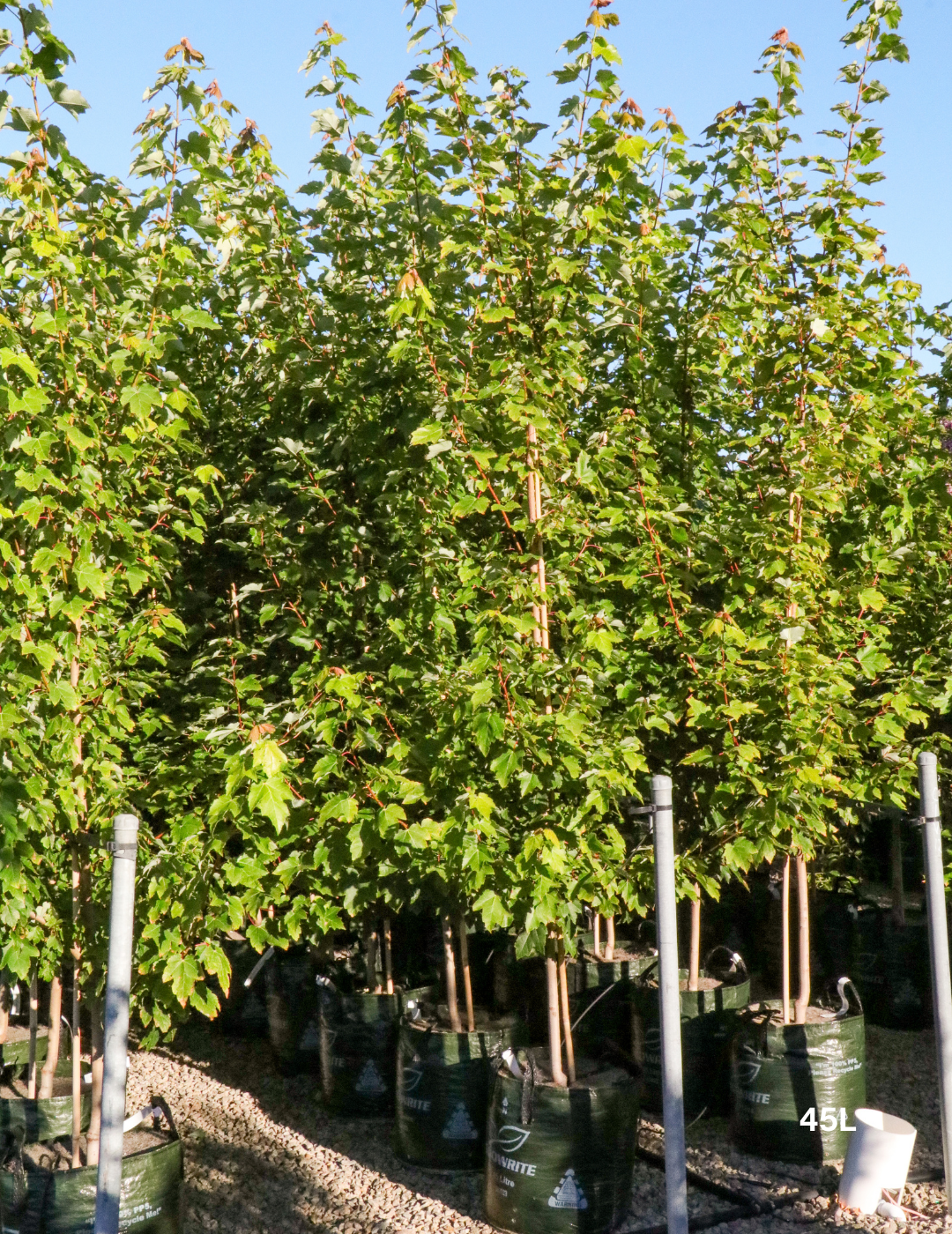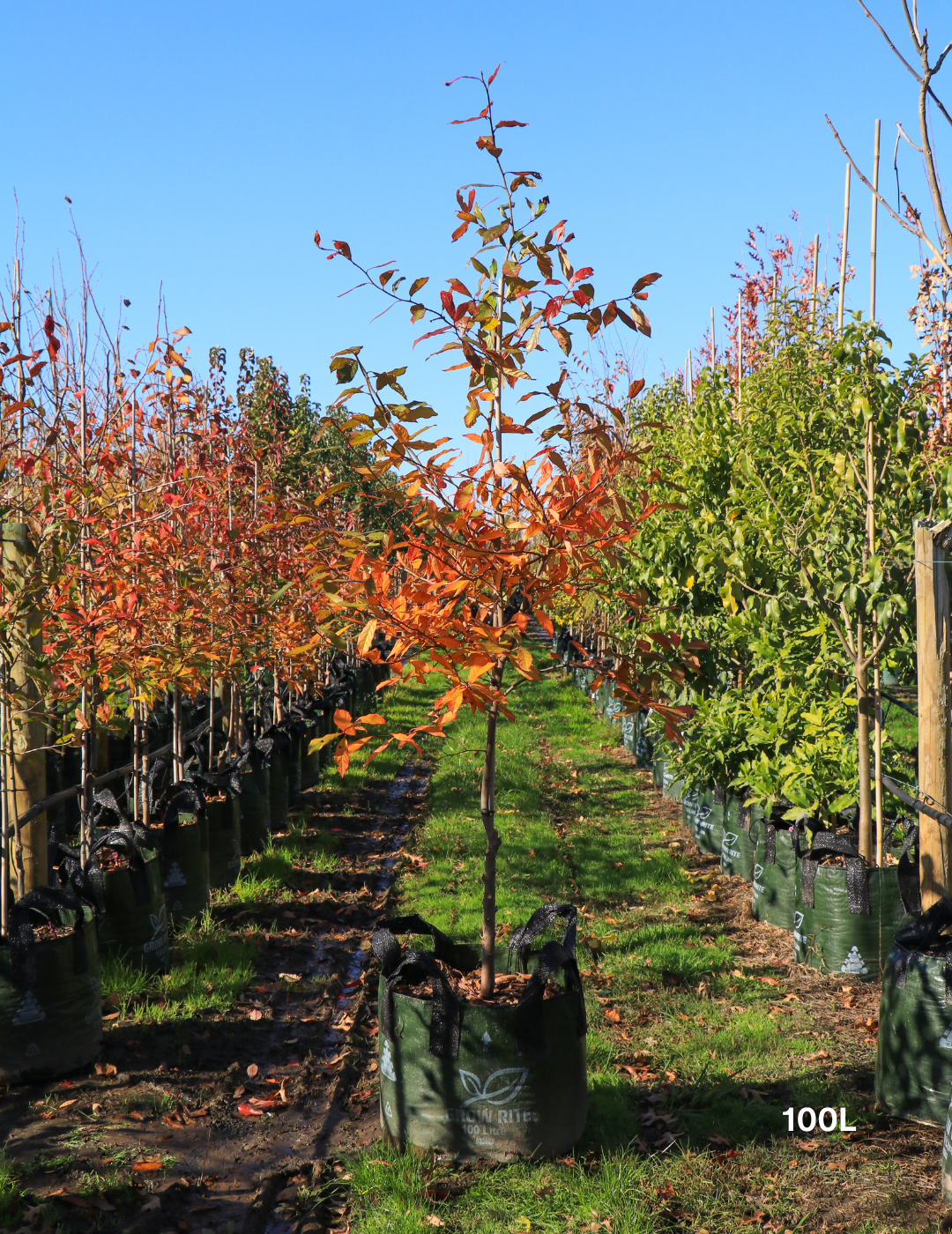As the vibrant colors of spring emerge, many gardeners begin to dream of new additions to their landscapes. Tree planting has been popular, offering shade, beauty, and environmental benefits for years. However, a crucial step often gets overlooked before you dig that first hole: soil testing. Understanding your soil's composition and pH can make the difference between a flourishing tree and one that struggles to survive. In this blog post, we'll explore why soil testing is essential, particularly when planting trees like the Acer Rubrum (Red Maple), Nyssa Sylvatica (Tupelo), and Liquidambar Styraciflua (Sweetgum), and how you can ensure your trees thrive in their new environment.
Why Soil Testing Matters
1. Understanding Soil Composition
Soil is the foundation upon which your trees will grow, and its composition plays a significant role in their health and vitality. Soil comprises minerals, organic matter, water, and air, and the balance of these components can vary widely depending on your location. By testing your soil, you can determine its texture (sandy, loamy, or clayey) and organic matter content, as well as critical factors in water retention, root penetration, and nutrient availability.
For instance, the Acer Rubrum (Red Maple) thrives in well-drained, slightly acidic soils with a pH of 4.5 to 6.5. If your soil is too alkaline, the tree may struggle to absorb essential nutrients, leading to poor growth and yellowing leaves. By testing the soil beforehand, you can amend it with organic matter or sulfur to lower the pH, creating an ideal environment for your Red Maple to flourish.
2. The Role of Soil pH
Soil pH measures acidity or alkalinity and profoundly affects nutrient availability and microbial activity. Most trees prefer slightly acidic to neutral soil (pH 6.0 to 7.0), but some species have specific requirements. The Nyssa Sylvatica (Tupelo), for example, prefers acidic soils with a pH of 5.0 to 6.5, while the Liquidambar Styraciflua (Sweetgum) can tolerate a slightly broader range but still favors acidic conditions.
When the soil pH is outside a tree's preferred range, certain nutrients become less available, and toxic elements like aluminum may become more soluble, harming the tree. By conducting a soil test, you can determine the pH level and make necessary adjustments, such as adding lime to raise the pH or sulfur to lower it, ensuring your trees have the best possible start.
How to Conduct a Soil Test
1. Steps for Soil Sampling
- Select the Sampling Area: Plant your trees at several locations, giving you a more comprehensive view of the soil conditions.
- Collect the Samples: Using a clean shovel or soil probe, collect samples from the top 6-8 inches of soil, where most tree roots will establish themselves. Take at least 5-10 samples from different spots and mix them in a clean bucket.
- Dry and Prepare the Sample: Spread the soil out on a clean surface to air dry, removing any debris like stones, roots, or leaves.
- Submit the Sample: Place the dried soil in a clean container and send it to a reputable testing lab. Many local extension offices offer this service, or you can purchase a DIY soil testing kit for immediate results.
2. Interpreting the Results
Once you receive your soil test results, you'll have a detailed report on the soil's pH, nutrient levels (nitrogen, phosphorus, and potassium), and organic matter content. Here's how you can use this information:
- Balancing Nutrients: If your soil is deficient in certain nutrients, you may need to fertilize. However, be cautious, as over-fertilization can harm young trees. For instance, Liquidambar Styraciflua (Sweetgum) benefits from a balanced fertilizer that provides equal nitrogen, phosphorus, and potassium.
- Adjusting pH: If the pH is too high or too low for your chosen trees, consider soil amendments. For example, adding sulfur can help lower the pH of the Nyssa Sylvatica , while lime can raise the pH for species that prefer slightly more alkaline conditions.
- Improving Soil Structure: If your soil is too sandy or clayey, adding organic matter like compost can improve its texture, making it more suitable for growing and absorbing water for tree roots.
Tree-Specific Soil Requirements
1. Acer Rubrum (Red Maple)
- Preferred Soil: Well-drained, slightly acidic soils with a pH of 4.5 to 6.5.
- Key Considerations: Red Maples are sensitive to alkaline soils, which can lead to nutrient deficiencies. Regular mulching with acidic organic matter can help maintain the ideal pH.
2. Nyssa Sylvatica (Tupelo)
- Preferred Soil: Acidic soils with a pH of 5.0 to 6.5.
- Key Considerations: Tupelos are highly adaptable but thrive best in moist, well-drained soils. They are particularly well-suited to areas with consistent rainfall or irrigation.
3. Liquidambar Styraciflua (Sweetgum)
- Preferred Soil: Acidic to neutral soils with a pH of 5.5 to 7.0.
- Key Considerations: Sweetgums tolerate various soil types but prefer fertile, well-drained soils. They can struggle in compacted or poorly drained areas, so soil testing is crucial to ensure proper aeration and drainage.
Frequently Asked Questions (FAQs)
1. How often should I test my soil?
To ensure optimal growing conditions, it's recommended that you test your soil every 3-5 years or before planting new trees.
2. Can I plant trees if my soil test shows poor results?
Yes, but you'll need to amend the soil to meet the specific needs of your trees. This might include adjusting the pH, adding nutrients, or improving drainage.
3. What if my soil pH is too high or too low?
You can adjust soil pH by adding lime to raise it or sulfur to lower it, depending on the needs of your chosen tree species.
4. Can soil testing prevent tree diseases?
While soil testing alone can't prevent diseases, ensuring your trees are planted in the right soil conditions can strengthen their resilience against pests and diseases.
Conclusion
Soil testing is a simple yet powerful tool that can significantly impact the success of your tree-planting efforts. By understanding and adjusting your soil's pH and composition, you can create the perfect environment for trees like the Acer Rubrum (Red Maple), Nyssa Sylvatica (Tupelo), and Liquidambar Styraciflua (Sweetgum) to thrive. As you prepare your garden this spring, don't overlook this essential step—your trees will thank you for it with years of healthy growth and stunning beauty.
Happy planting! 🌳









































Leave a comment
This site is protected by hCaptcha and the hCaptcha Privacy Policy and Terms of Service apply.